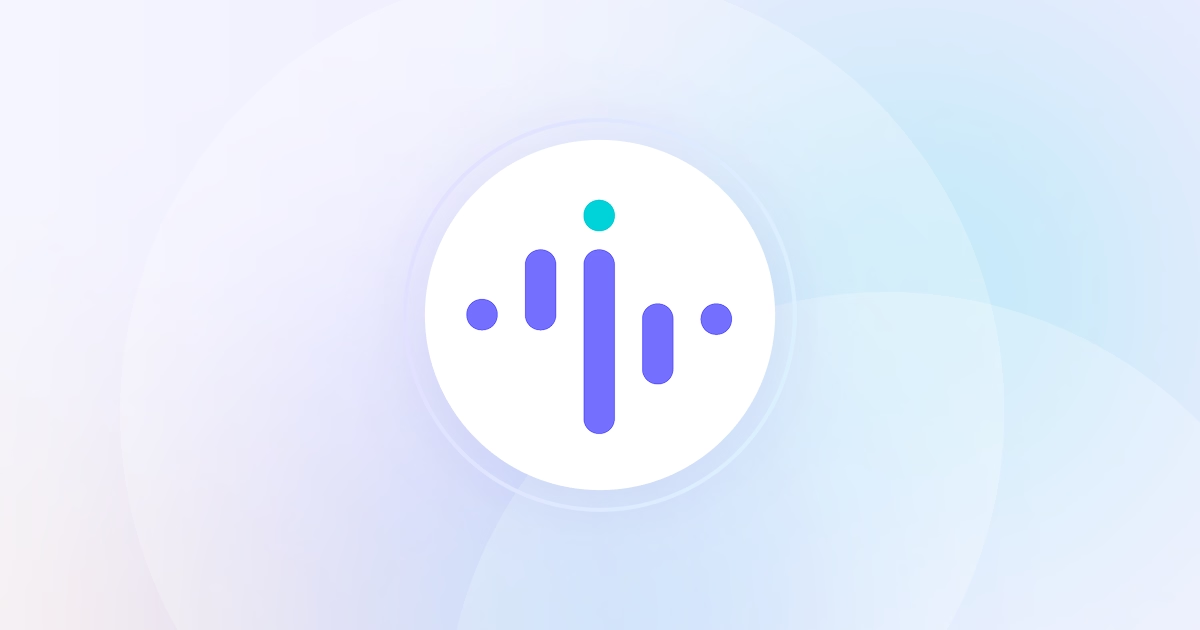How Do Companies Monitor Remote Workers?

%20(1).png)

“The new normal” is already a somewhat archaic term. Still, compared to the business practices from just a few years back, many things are different. Most of all, where we work and how we cooperate have changed. Companies have had to adjust their monitoring practices accordingly.
So, how do companies monitor remote workers? We list all the methods and explain some of the most popular ones.
How Do Companies Track Remote Workers? The Full List of Methods
The way a company monitors its workers depends on the type of work they do. Sometimes the focus is on punctuality, other times on the time spent on the telephone or certain websites.
Well then, how do companies track remote workers? What are their preferred tracking strategies? Here is the full list of potential tracking methods:
Tracking Software
Major features that tools in this category share are:
- Monitoring employees' performance (including idle and active time)
- Monitoring working hours and time spent on tasks
- Recording websites visited and apps workers use
- Logging keystrokes
- Reviewing employee emails or private messages on work devices
- Taking regular or random screenshots
- Recording employees’ screens
- Tallying social media activity
Phone Call Monitoring Devices
These tools log phone calls made or received by employees. Sometimes they are incorporated into tracking software, and sometimes they are a stand-alone tool.
Video Surveillance Methods
Video surveillance involves requesting the employees to have their webcams on throughout the work day and watching live or recordings of their actions. This sort of monitoring is rare.
Location Tracking Tools
To track the location of employees, some companies rely on software that differentiates between office and remote work. Others, however, use specialized software for this purpose that pinpoints the exact location of an employee.
What Are the Most Common Employee Tracking Practices?
There is not a universal answer to this question. Check out the methods that are perceived as most dependable:
🔍 Monitoring Employees' Performance
Insightful work track software, for example, differentiates between active and idle time depending on keyboard and mouse usage. Based on this and project-related productivity data, this software calculates the overall performance level of an employee. To ensure data security and employee privacy, Insightful does not provide keystroke logging.
🔍 Recording Websites Visited & Apps Used
Companies often want to gauge how much time employees spend on different applications. Tracking software, such as Insightful, consistently reports on app usage, documents, and websites visited. With this info, managers can further improve the work process.
🔍 Taking Regular or Random Screenshots
Regular, random, or on-demand screenshots allow better control over a company's data security. In addition, company leaders often rely on the psychological effect of this tactic. Employees are less likely to knowingly misuse sensitive information and visit useless websites if they know their screens are monitored.
🔍 Monitoring Working Hours & Time Spent on Tasks
To better manage attendance for remote teams, companies choose to invest in a reliable employee monitoring and time-tracking solution, such as Insightful. As an additional benefit, these tools allow accurate completion time and cost assessments for the company’s potential clients.
🔍 Tracking of Employee Location
Companies track employee locations for different reasons and use different types of software to do this. Those who need data on how employee productivity correlates to the office and remote work will rely on software like Insightful. Others that need more detailed information will use other tech solutions.
How Do Employers Track Remote Workers’ Location?
One of the lesser-considered questions is: “How do employers track remote workers' location?” Both employees who often do fieldwork and those who do desk jobs remotely might be trying to figure this out. Here is how your employer can pinpoint your location:
📍 IP Address Tracking: The IP address of the device connected to the company network can disclose a general location, such as the city or region.
📍 GPS Location Tracking: GPS tracking is often enabled on company devices like smartphones and laptops to provide accurate employee location data.
📍 Wi-Fi Tracking: A specialized software identifies nearby Wi-Fi networks by their MAC addresses and can estimate the employee's location based on known network locations.
📍 User Fingerprinting: This involves gathering device-specific information like browser version and system settings. These details create a unique profile that helps trace employee activities across devices and places.
Conclusion
In the US, the majority of states allow employee monitoring without consent or notice. This is why you can never be certain whether you are being monitored.
Still, the best practice is to be open about the monitoring methods and ways the company protects employee personal data in the process. Openness fosters trust and encourages people to give their best shift after shift.
In short, when it comes to monitoring practices, honesty truly is the best policy.


.jpg)
.jpg)
